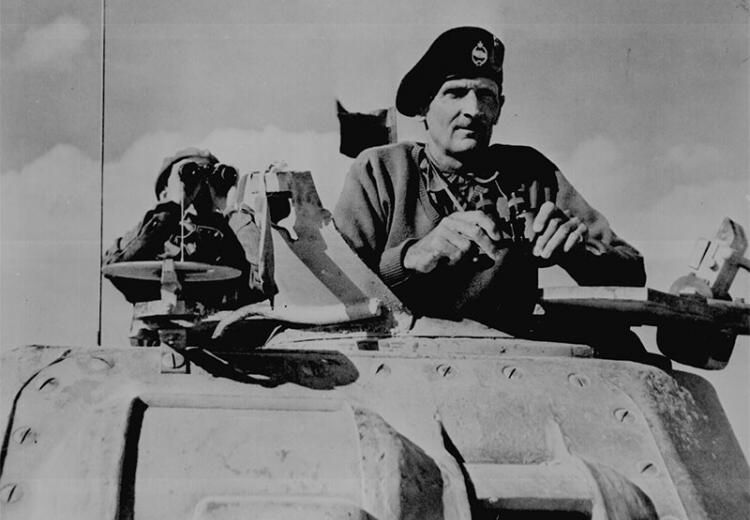Lesson 2: How to Win a World War

General Bernard L. Montgomery watches his tanks move up. North Africa, November 1942.
For most of 1942, the Grand Alliance was on the defensive. Whether it could hold together, or whether the Soviet Union would even remain in the conflict, was uncertain. The turning of the military tide in the Soviet Union at the beginning of 1943 made victory seem probable, but only at great cost. Diplomatic rumors abounded of a separate peace between Hitler and Stalin. It would not be until the end of that year that a united alliance seemed assured, with major Soviet advances on the Eastern front, important British-American victories in North Africa and Sicily, and the first American gains in the Pacific. This lesson plan examines the tensions and the sources of ultimate cohesion within the Grand Alliance during the period when eventual victory seemed uncertain.
Guiding Questions
What were the major allied differences on wartime strategy and goals, and how were they resolved?
Learning Objectives
Explain the ways in which the USSR, the United States, and Britain differed on their approach to winning the war
Explain why the methods used to obtain the surrender of the French North African government were controversial in Britain and the United States and also disruptive of alliance unity
Explain the Anglo-American decision to require "unconditional surrender" from the Axis powers
Explain the ways in which the evolving military progress of the war affected diplomatic decision-making
